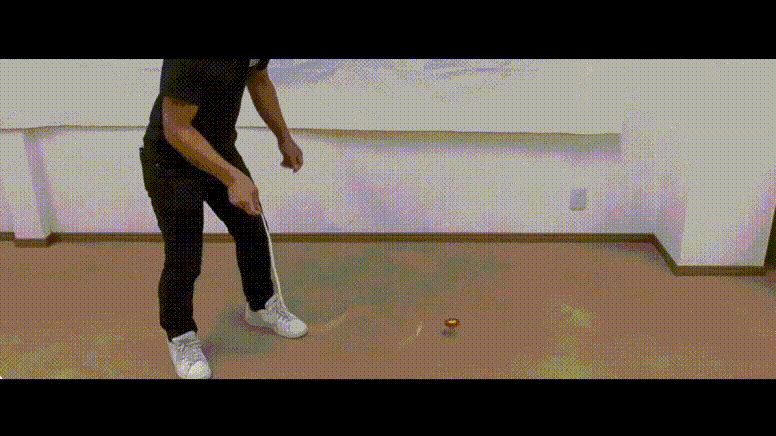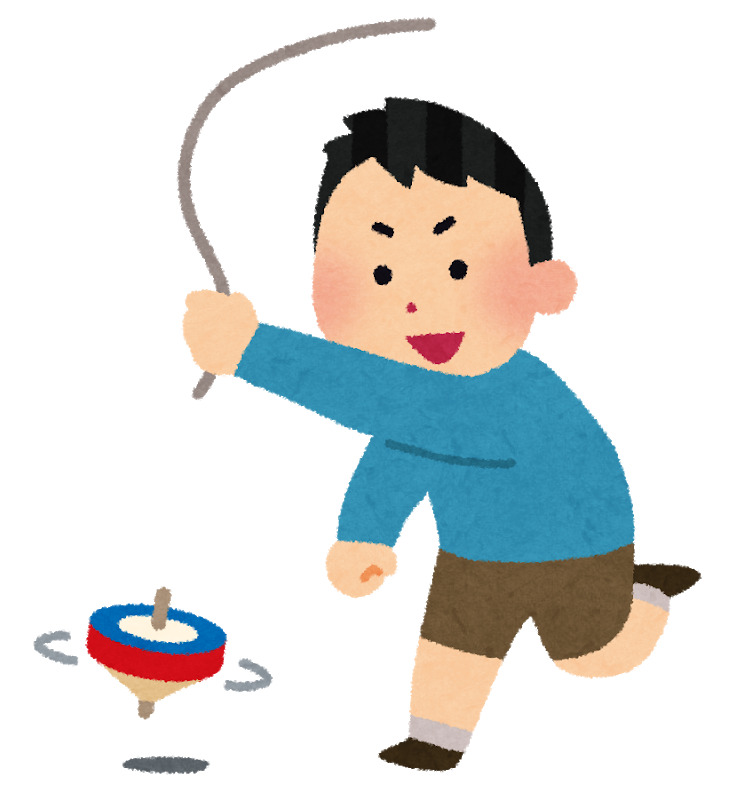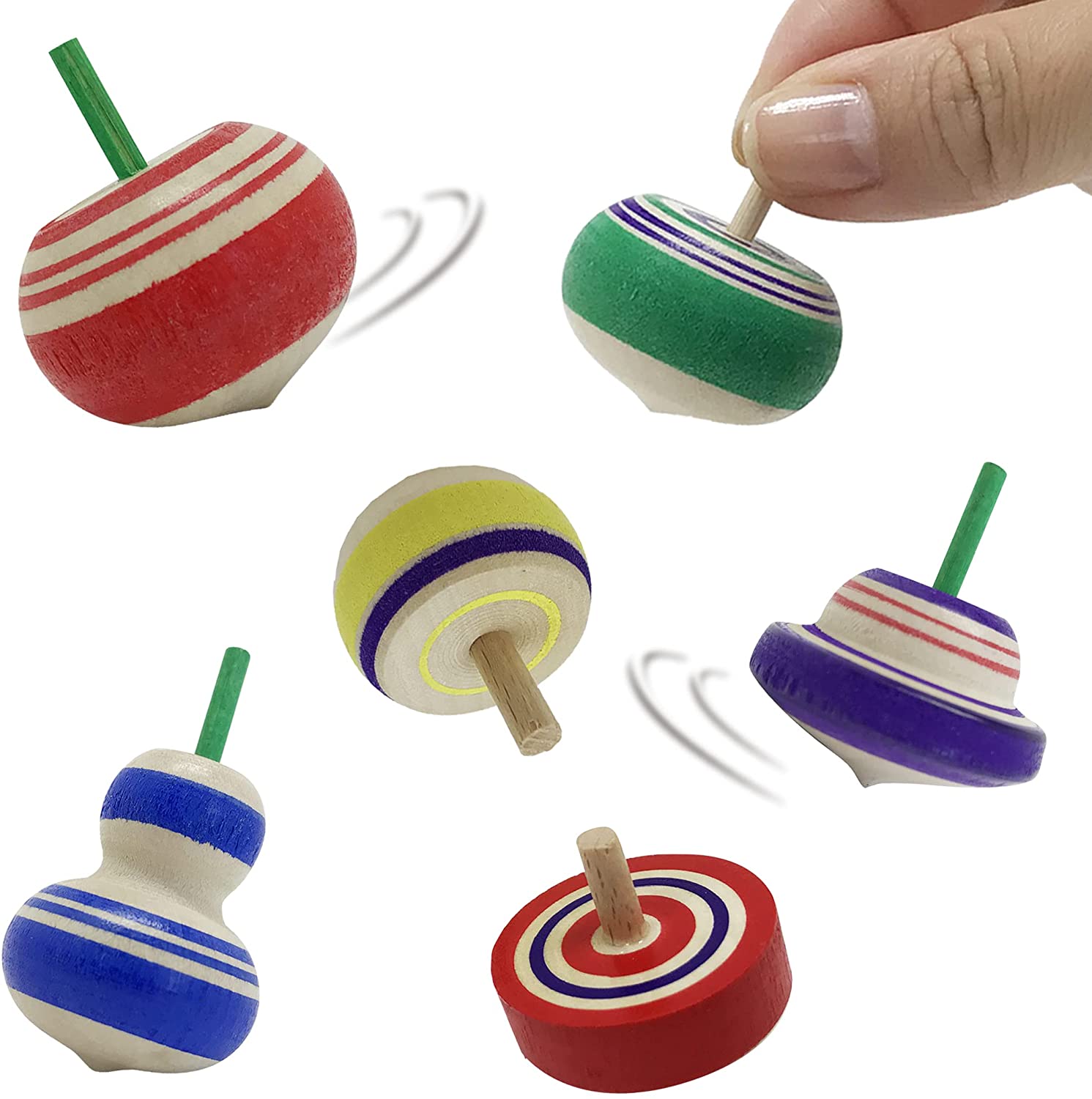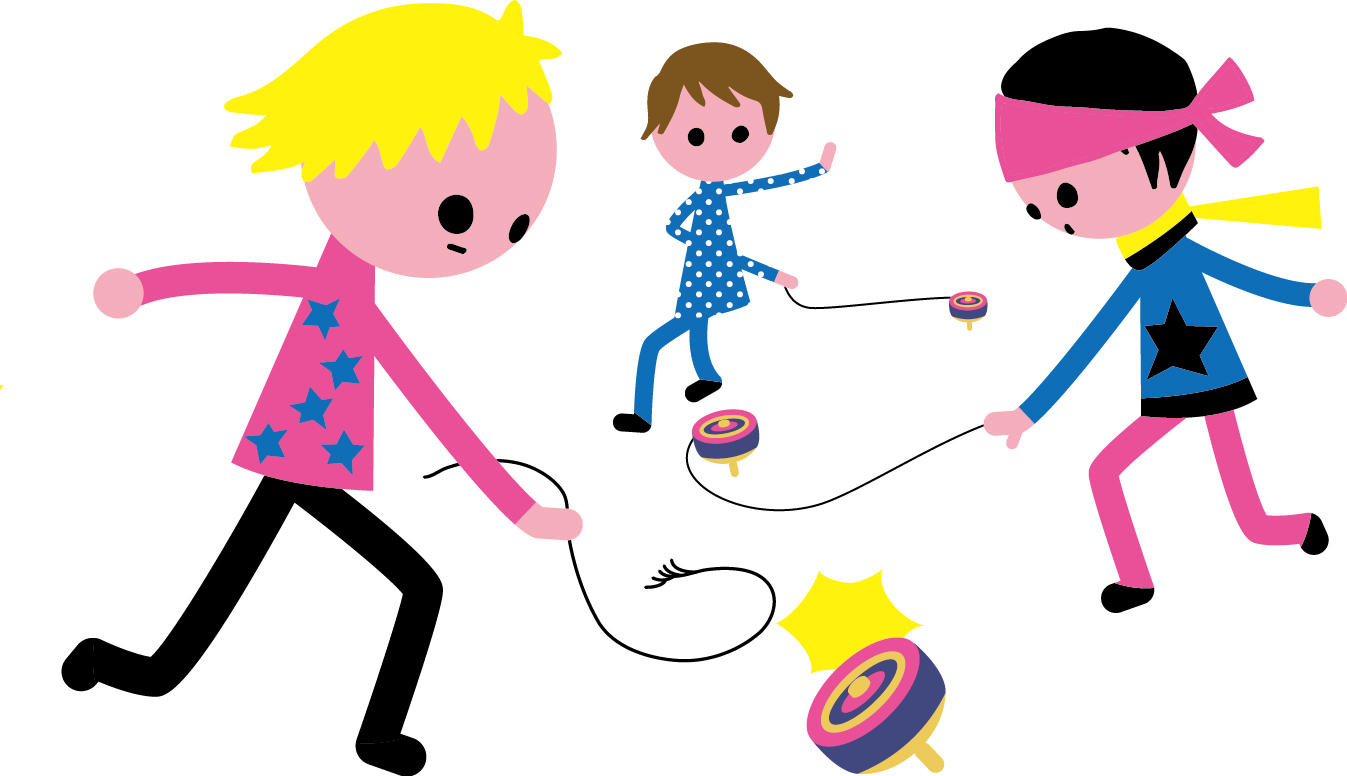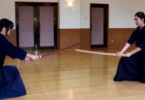Hi everyone how is it going? Today’s topic is “Spinning tops” (Koma in Japanese) which has seldom seen children playing Koma nowadays because they seem to prefer online-game inside their house.
What’s “Spinning tops” (Koma)?
Spinning with elegance, tops like this have been around in Japan for many centuries.
Even today, you can see children throughout the country playing with them. Many of today’s older generations spent a lot of time in their youth playing with spinning tops with their friends in the neighbourhood.
For them, these toys evoke feelings of nostalgia, reminding them of their childhood.
Japanese tops vary in colour, shape and size depending on the region they come from, they all have unique characteristics.
These elegant tops from Kyoto are the kind of tops that noblewomen used to play with 1,000 years ago.
They’re made with thin strips of kimono fabric. When they’re spun, the patterns in the fabrics blend into a fuzzy whirl of colour.
There are a number of tops that incorporate charming gimmicks. This one- when you spin it, a number of smaller tops pop out.
These toys have a mechanism that makes the figures’ arms go up and down when you spin the tops attached to their heads. Here, the lord is slurping up his soba noodles.
Intricate toys like these are constructed with mechanisms that animate the figures when the tops are spun. These unique, humorous movements have been developed through precise and expert Japanese craftsmanship.
In Japan, tops have long been prized as symbols of good luck. Because of their spinning motion, they symbolize “money circulating”, “being quick-witted” or “work moving along nicely”.
Sometimes, the colours of the tops are given special significance. This kind of top was common in Edo, the shogun’s capital.
It’s decorated with five colours, each of which has a specific meaning. Red symbolizes health. Black is for strength. Yellow is for wealth. Green is for a good harvest. And purple is for nobility.
Let’see the origin of the Koma game around the world
This game is very old and has been played in different cultures around the world.
Spinning tops originated independently in cultures all over the world. They were used as toys, gambling devices, and divination tools.
Some of the earliest tops were made from clay, wood, fruits, nuts, and seeds.
In ancient Rome, they were called teetotum and had four sides with letters indicating the outcome of each spin.
In Germany, Jews developed a version of teetotum called dreidel, which is still played during Hanukkah.
In China, spinning tops have a long recorded history and are associated with martial arts and acrobatics.
In Korea, they are called pengi and are spun using a rope or a stick.
There are many other variations of spinning tops across the globe, each with its own history and significance.
Spinning tops also gave rise to a form of entertainment known as kyoku-goma. These virtuoso top-spinning performances never fail to delight audiences. Tops・・in Japan, they’re an enduring form of entertainment for young and old alike.

Let’ see the actual spinning Koma with a brief video,
In the end, how about playing Koma?

